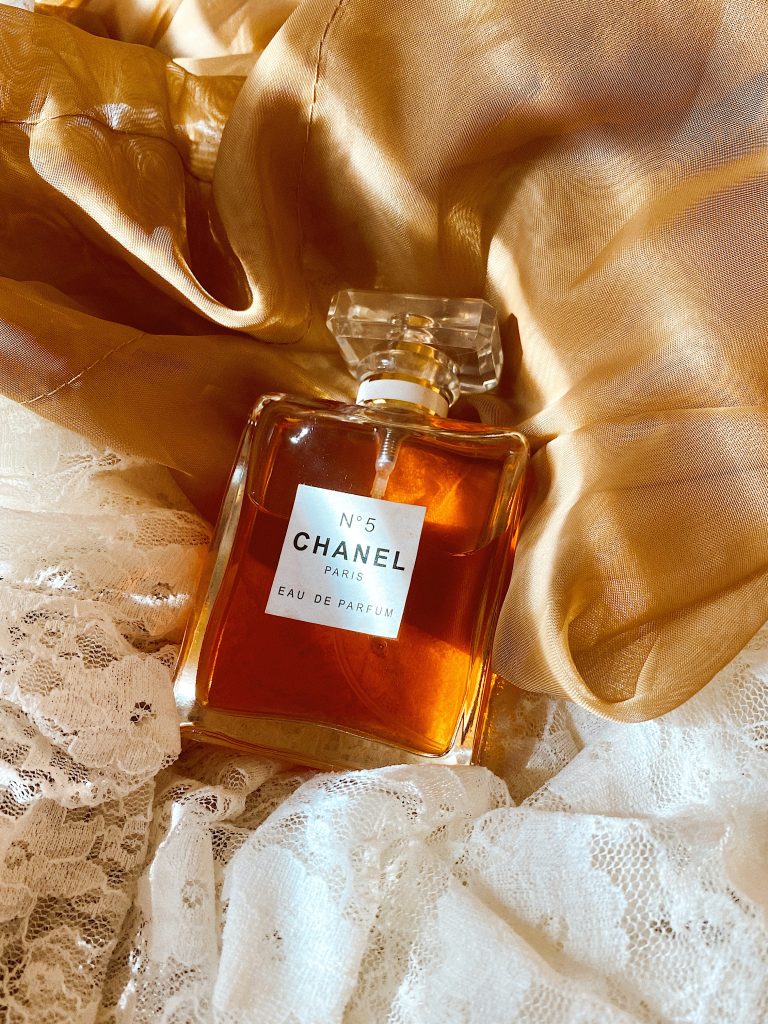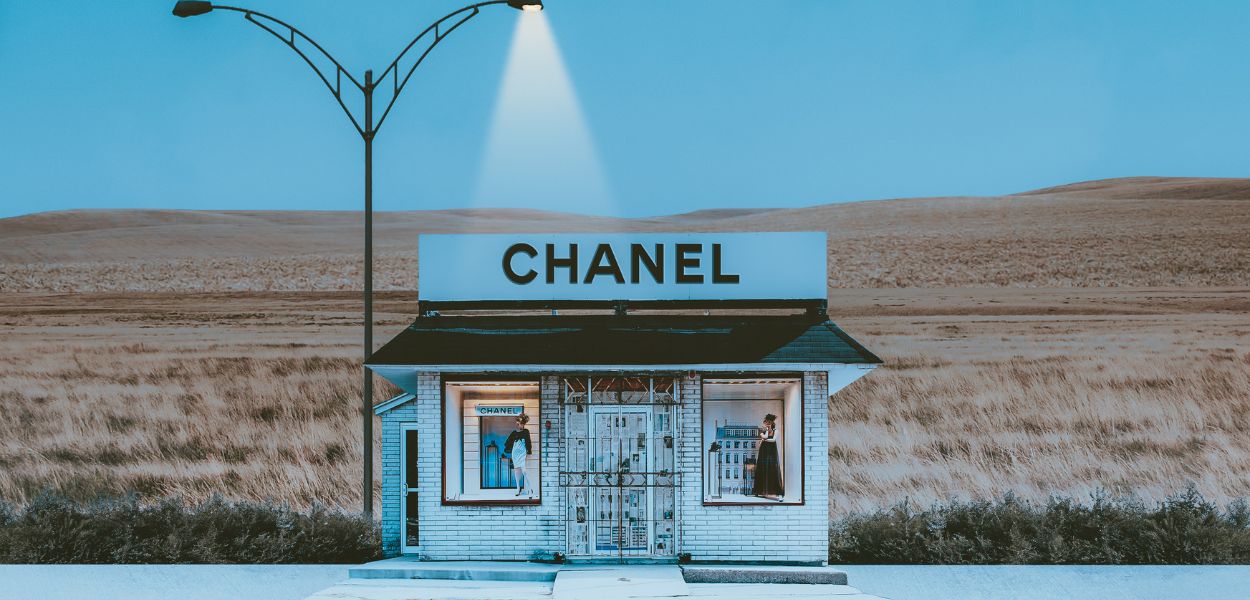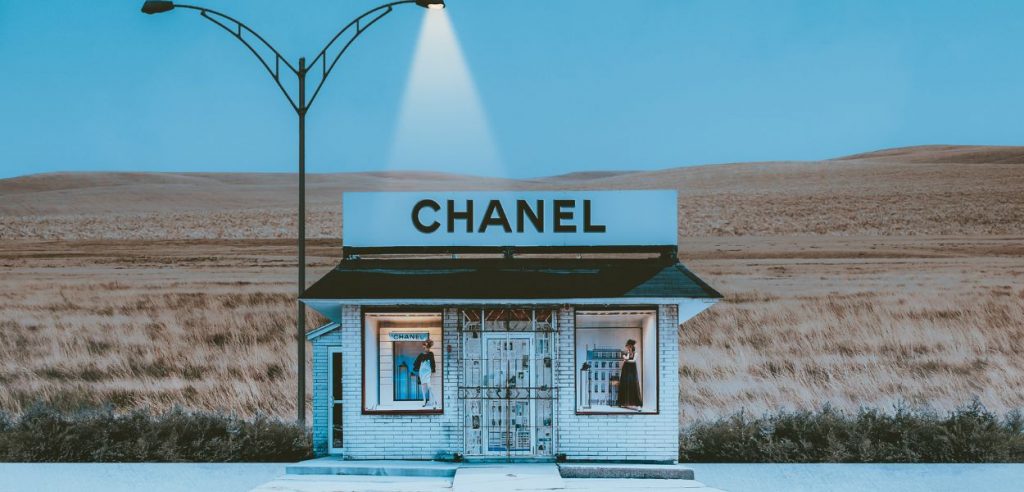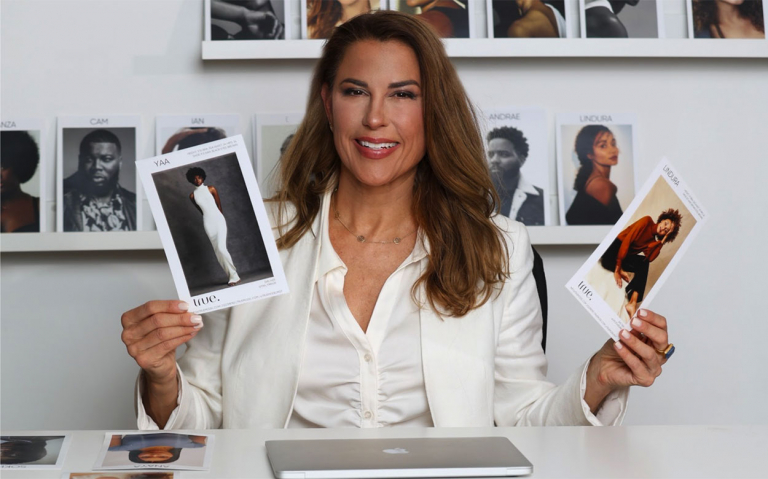Born on August 19, 1883, in Saumur, Coco Chanel was the creator of one of the most valuable fashion brands in the world. Her elegantly casual designs inspired women to abandon complicated and uncomfortable clothes. She freed ladies from the oppression of corsets, helped popularize pants for women and more.
This article will detail the life and paths taken by the fashion icon. Keep reading!
The Beginning
Daughter of a laundress and a clothing salesman, Gabrielle Bonheur Chanel went to an orphanage with her 12-year-old sister at the Abbey of Aubazine after her mom died. There, she had her first contact with sewing.
She then left the city and went to a boarding school for Catholic girls in Moulins. Later on, Gabrielle occasionally performed singing in cabarets, where she became famous for singing “Qui qu’a vu Coco?”. It was the origin of her nickname, which also means “darling” in French.
On one of those nights when she used to sing, Coco Chanel met Étienne Balsan, the wealthy and young textile heir. He helped her sell hats in a borrowed apartment and she eventually left the cabaret, moving into Balsan’s chateau located in Compiègne.
Their relationship didn’t last long as she fell in love with Arthur Edward “Boy” Capel, which was a friend of Balsan. They were together for nine years, and even after Capel married, he continued his affair with Chanel until his death in late 1919.
Capel helped her open her first hats store: Chanel Modes was located at 21 rue Cambon in Paris. French actresses of the time loved her items, such as Gabrielle Dorziat, who wore Coco’s creation on stage in the play “Bel Ami.”
Coco Chanel’s Remarkable Moments in History
Being someone’s wife is not what defines Coco Chanel. She transformed fashion by starting to dress in the so-called men’s clothes.
According to Chanel’s official website, Coco opened her first boutique in Deauville. There, she launched a collection of casual and sportswear. It was made of jersey, a material previously used to make men’s underwear.
After revolutionizing women’s relationships with their bodies, Coco opened her first Couture Maison in Biarritz. She employed 300 workers and designed her first Haute Couture collection.
Then, already well-known among French women, in 1918, she bought a property on the same Rue Cambon. The “31” building housed a boutique, salons and workshops.
Chanel Nº 5
People say that 5 was Coco Chanel’s lucky number. In 1921, this “women’s perfume which smells like a woman” – as the brand says – was revolutionary due to its composition. It was born out of Gabrielle’s partnership with perfumer Ernest Beaux. The fragrance has become an entity of its own and is a combination of different floral notes.

The product is so iconic that, when asked what she wears to bed, the actress Marilyn Monroe said: “I only wear Chanel No. 5”. In 1955, photographer Ed Feingersh took a series of portraits of Marilyn Monroe spraying herself with N°5.
By the way, you will like this article: The Controversy Behind the Marilyn Monroe Dress Kim Wore to the Met Gala, Explained.
Little Black Dress
In 1926, Coco Chanel included a short black dress in a collection shared in Vogue. The magazine published a drawing of “a simple black dress in crêpe de Chine.” Chanel later said, “I imposed black; it’s still going strong today, for black wipes out everything else around.”
La Pausa
In September 1928, Gabrielle Chanel purchased land between Menton and Monaco in Roquebrune-Cap-Martin. There she builds her villa, La Pausa. In this Provençal house, “Gabrielle Chanel hosts numerous friends, including the Duke of Westminster, Jean Cocteau, Pierre Reverdy, the Hugo family and even Gala and Salvador Dalí”, says Chanel’s website.
The Tweed
Tweed was a material widely used by men, but Coco knew very well how to change that. In the mid-1920s, the ‘tailleur’ was incorporated into Chanel womenswear. Since then, reinvented each season, the material appears in every collection.
Coco Chanel & Cinema
Gabrielle Chanel went to Hollywood in February 1931. American producer Samuel Goldwyn requested her to dress the actresses of the United Artists studio. Coco surrounded herself with other famous names, such as Marlene Dietrich, Gloria Swanson, Erich von Stroheim, George Cukor and Claudette Colbert.
In Hollywood, Coco designed costumes for the following films: Tonight or Never (1931) and The Greeks Had a Word for Them (1932).
Was Coco Chanel Connected to Nazism?
By 1935, Coco had already released many of her most iconic creations and Hollywood stars sought her until 1939 – when World War II hit France.
A very discussed issue about Gabrielle Chanel is her Nazi connections. A Forbes article states that it’s well documented that she had a relationship with Nazi officer Hans Günther von Dincklage during WWII: “There’s plenty of evidence to suggest her collaborations didn’t stop there.”
Coco closes her Couture House leaving only the “31” boutique open, where perfumes and accessories continued to be sold.
Biopic Materials
Hal Vaughan’s book Sleeping With The Enemy: Coco Chanel’s Secret War leaves the glamor aside to detail Coco’s behavior in her association with Nazism. “The book provides evidence that she was also involved in Nazi missions, had an agent number (F-7124) and the code name ‘Westminster’ after her former lover, the Duke of Westminster”, says Olivia Pinnock from Forbes.
The 2009 biopic movie Coco Before Chanel focuses on her early times in fashion but doesn’t portray the war years and her relationship with Von Dincklage. A spokesperson told Olivia Pinnock:
“Gabrielle Chanel was a daring pioneer, and the House of Chanel upholds and extends her extraordinary legacy. Her influence on many designers has been significant, and she continues to inspire new generations. However, her actions during World War II are the subject of discussion in many publications and biographies. The actions that some have reported in no way represent the values of Chanel today. Since that time in history, the House of Chanel has moved forward well beyond the past of its founder.”
Coco Chanel died in January 1971, at age of 87, very close to rue Cambon. At the time, she was working on a spring collection that, when released, was hugely successful.
Karl Lagerfeld & Virginie Viard
In 1983, Karl Lagerfeld took over the creation of Chanel, where he remained until his death in 2019. He had all the autonomy in the brand and was responsible for launching incredible pieces, without losing the brand’s essence.
Lagerfeld was crucial for updating Chanel classics for the current era. He not only work for Balmain and Fendi, but was also the first designer to take his mid-season runway shows to beautiful settings around the world.
Today, the creative director is Virginie Viard, who started at Chanel as an intern in 1987. She was very close with Karl Lagerfeld and was able to see his entire creative process. In this way, Viard knows exactly how to deal with the main objective of the French Maison: to continue Coco’s legacy.
Like this article? Don’t forget to read this one: Māori Designers Leading Fashion Trends.






